Today I would like to introduce you to the city of Vélez-Málaga, but in a slightly unconventional way.
Not only are we going to visit some historical sites, but I want to show you a side of Andalusia that the average tourist doesn't usually see.

A beautiful Andalusia that is not only full of beaches, monuments and natural beauty, but also poor, forgotten and neglected.
A brief recapitulation of history
The history of Vélez-Málaga spans several civilizations, starting with the Phoenicians who settled there in the 8th century BC developing iron metallurgy.
The Romans continued this legacy, excelling in industries like salting and garum production.
During Moorish rule, the city thrived under the Nazari Kingdom of Granada until it surrendered to King Ferdinand in 1487.
The Christian conquest brought changes, transforming mosques into churches and altering the urban landscape.

In 1704, Vélez-Málaga witnessed the largest naval battle of the War of Spanish Succession.
Despite facing hardships in the 19th century like yellow fever, Napoleonic invasion, cholera epidemics, droughts, earthquakes and the phylloxera plague, which devastated the traditional vineyards, cultivation of sugar cane sparked an economic upturn.
Palacio de Beniel

This building's story begins when two families, the Molina de Murcia and the Medrano de Soria, came together. Antonio de Molina had some trouble in 1536 and went to live in Vélez-Málaga. There, he married María de Medrano, linking Vélez and Beniel. Antonio became a leader in Vélez-Málaga and later gave that role to his son, Juan. They both helped protect the city during the Morisco Rebellion.

Antonio's son, Alonso de Molina de Medrano (1549-1616), had important jobs as an inquisitor in places like Córdoba and Zaragoza. He played a big part in a revolt and got promoted to the Royal Council of the Indies. Later, he became a Knight of Santiago and had different roles, like being an ambassador in Lisbon. Alonso married Francisca de Hinojosa y Montalvo, but they didn't have kids.

Ermita de Nuestra Señora de los Remedios

In the 17th century, this building was constructed to honor Nuestra Señora de los Remedios. Father Vedmar took the initiative because many miracles were linked to the image, brought to the area by María Calderón from Granada.

The building is made using local stone and bricks for the walls and arches. Wooden beams, planks, and tiles form the roof, while smaller materials like wood pieces, branches, and plaster are used for the vaults and domed ceilings.

The building has a floor plan shaped like a Latin cross, with one main aisle and a vaulted ceiling. It begins with a narthex, supporting a raised area called a tribune-chorus, and ends in a presbytery, a bit higher than the rest of the church, where the main chapel sits. Behind the main altar, there's a square chapel housing the image of Nuestra Señora de los Remedios, possibly created by Martín de Aldehuela in the 16th century.

Old Hermitage of San Sebastian
Unbelievably, this chapel is one of the oldest buildings in Velez Malaga, with some elements still in their original form, currently in a completely disastrous state.

Few elements remain of its original structures that can be seen, including a pointed arch supported by strong pillars, in what was the triumphal arch of the main chapel.

A commemorative building, founded by the Catholic Monarchs in 1487, in honour of a "Palafrenero Real", Sebastián Fernández, who, according to tradition, had saved the life of King Ferdinand in a Muslim raid on the Christian camp during the capture of the city of Vélez-Málaga.

The scene depicted on the city's coat of arms shows the Sebastián on horseback trying to defend the king lying on the ground.
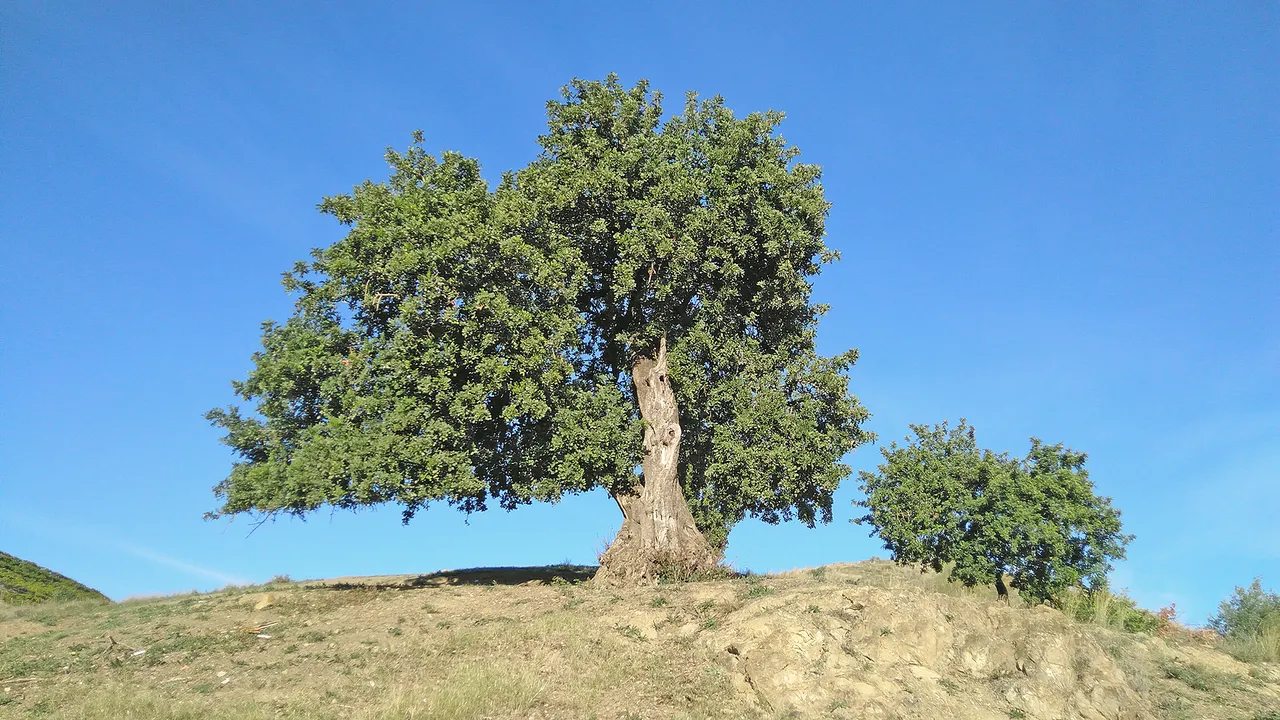
Vélez-Málaga Fortress
It was built in the 10th century, although it was extended and rebuilt in the 14th and 15th centuries, becoming one of the most important fortresses in the moorish Kingdom of Granada.

Thanks to its location, which dominates the Vega de Vélez and a large part of the Axarquía. With the Christian conquest, it became a royal house, captaincy general, prison and chapter house.

It was a walled enclosure of 1500 m², adapted to the terrain, which provided it with an easy natural defence. The second line of defence extended into the town and parts of it with two gates still stand.

The original walls that remain date from the 13th and 15th centuries and were built using lime and sand rammed earth, covered on the outside with courses of masonry and brick walls.

The Royal Gate is a horseshoe arch and the keep is tall and square in plan.

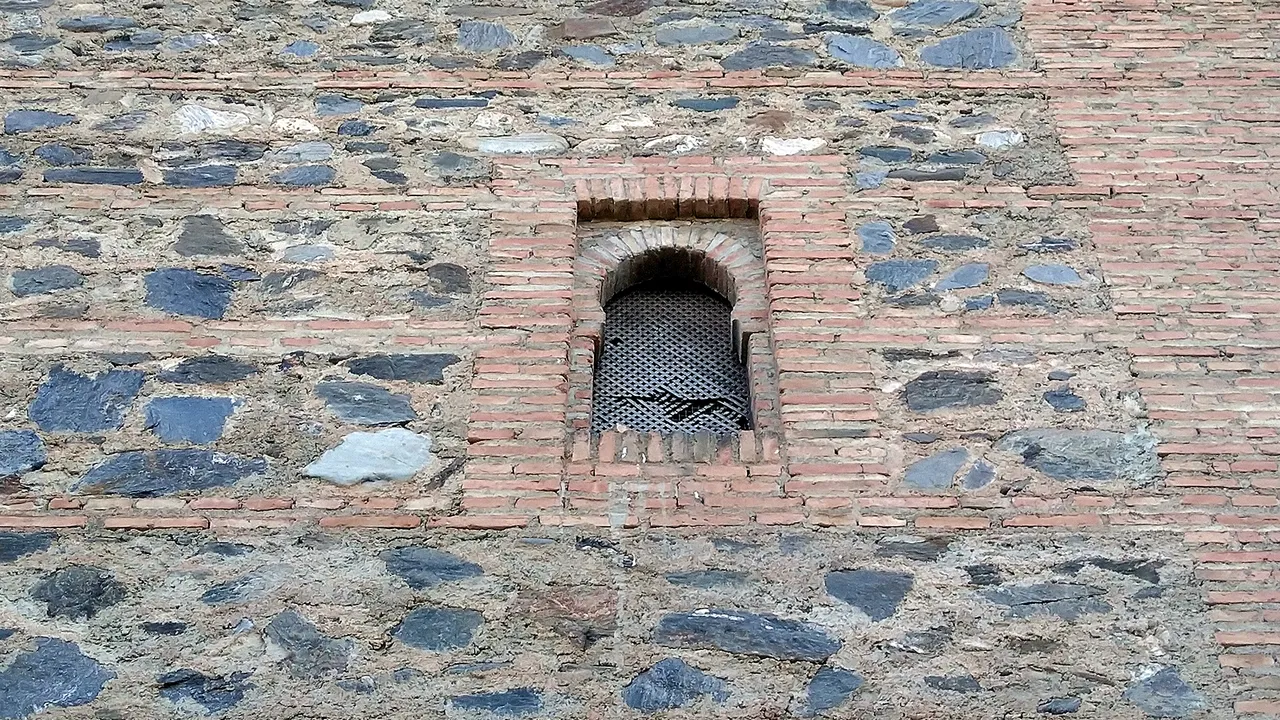

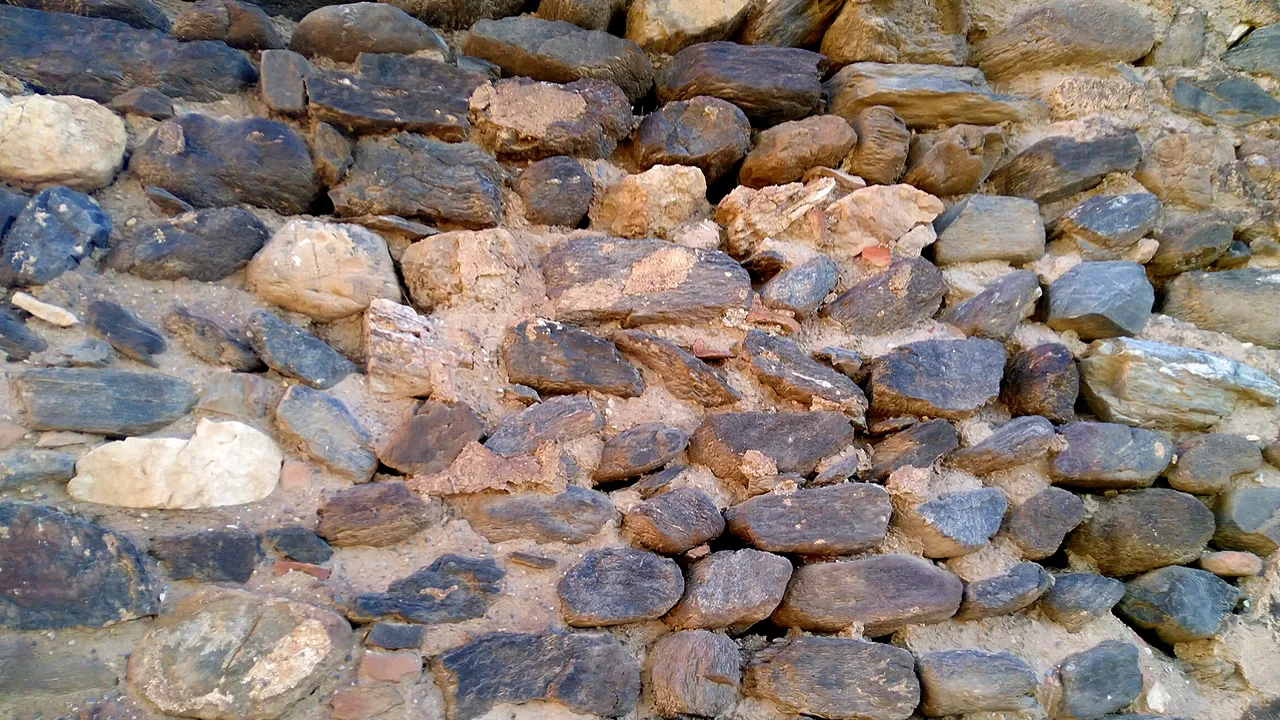
City of Vélez-Málaga
The modern city is an incredible mix of historic buildings, modern buildings, ruins and empty houses ... all in a jumble of winding streets.

At first glance you can see the Mediterranean style of architecture, white houses with terraces on the roof, patios full of flowers, gardens packed behind the houses and an incredible variety of shapes and styles.

In some parts of the town there is some progress in the repair of old houses, others, like the quarter under the castle, look as if time had stopped there a hundred years ago.
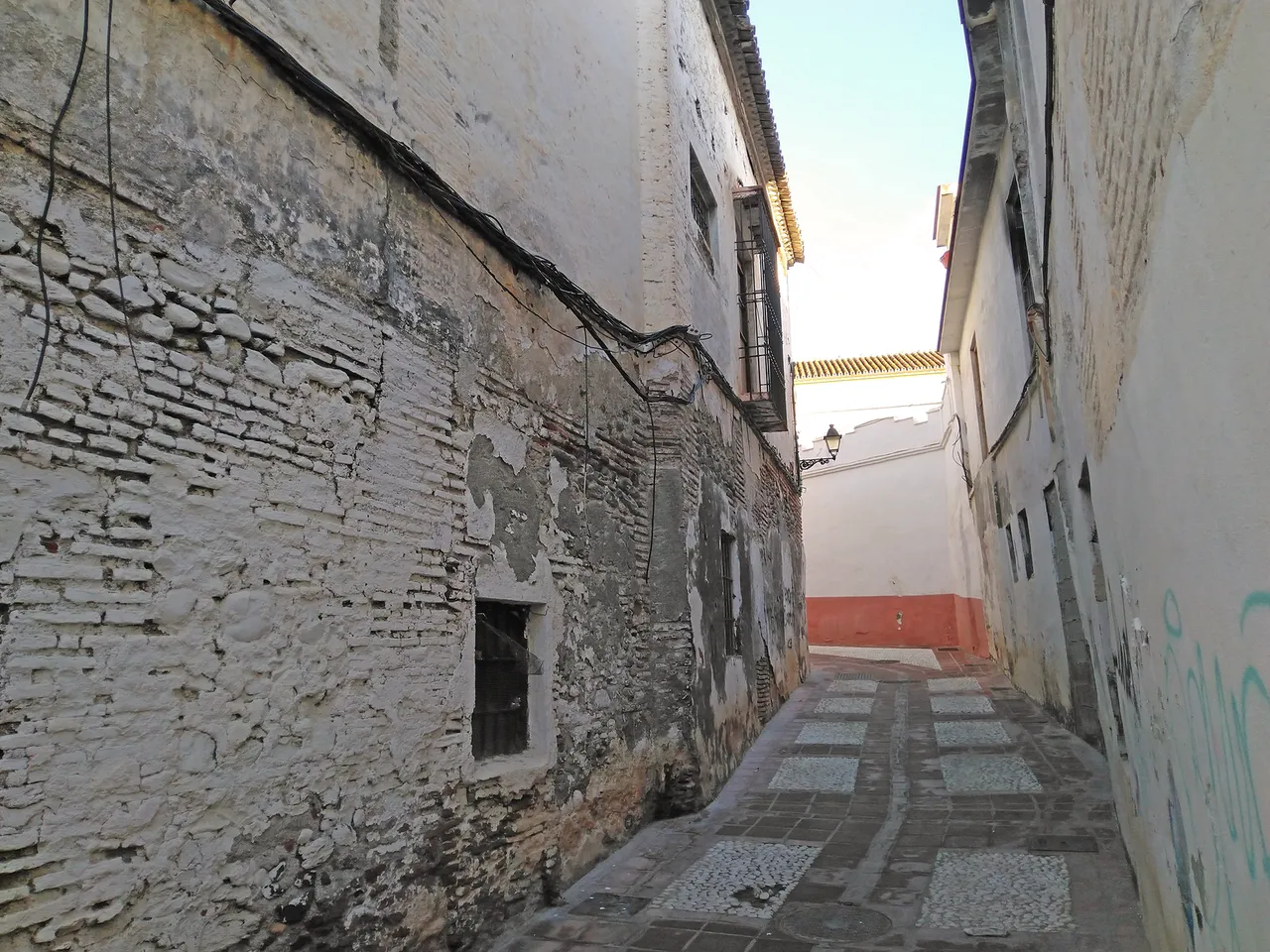
Old buildings are waiting for bold investors to restore them to their old glory and splendour. But time is running out and it is too late for some buildings.

Those that have been saved represent a beautiful example of traditional Andalusian architecture.

Many of the buildings for sale ... their owners have left during the depopulation of Andalusia in times of poor economic situation or the Spanish Civil War.

Today many foreigners find their new home in Spain, but most of them prefer properties right on the coast, or prefer new buildings with large windows and modern architecture.

So if you are a lover of old houses, or just want to see for yourself the still original Andalusia, Vélez-Málaga is definitely an interesting place to visit.
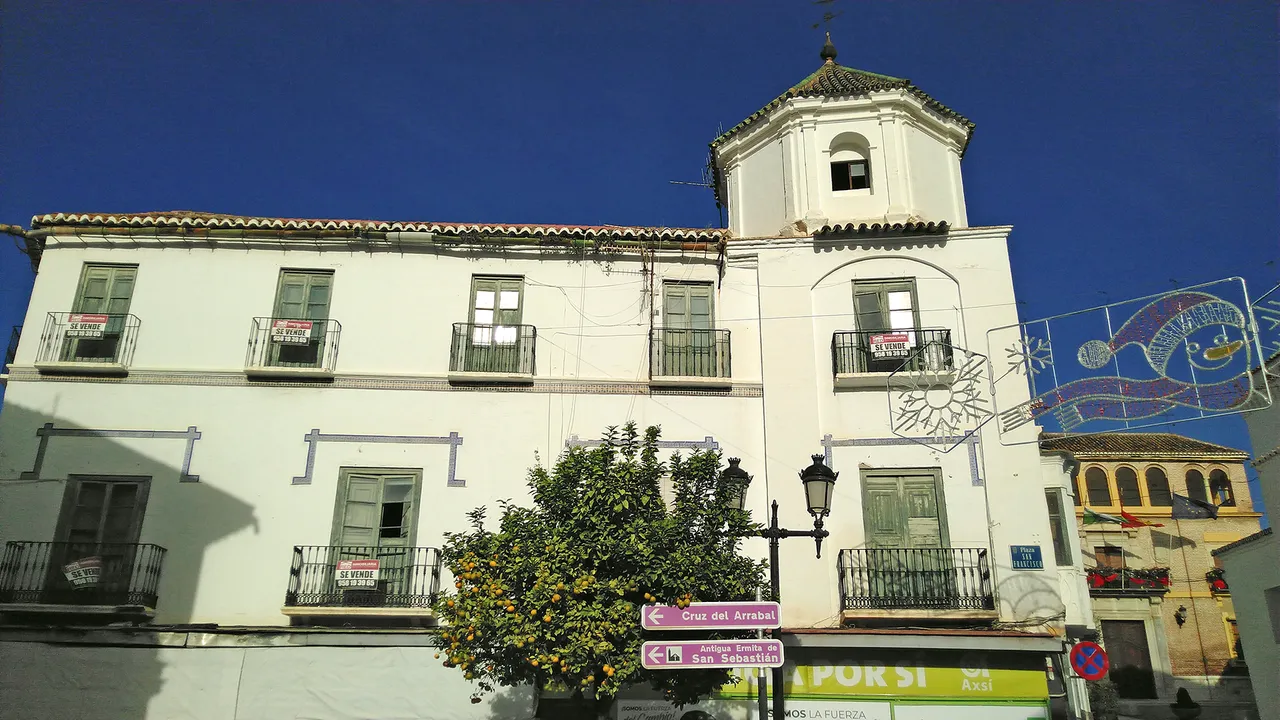
Because even old houses have a soul and maybe you will find your dream home here.

Thank you for your interest, likes and comments.
